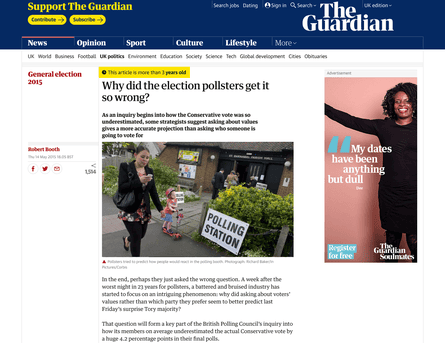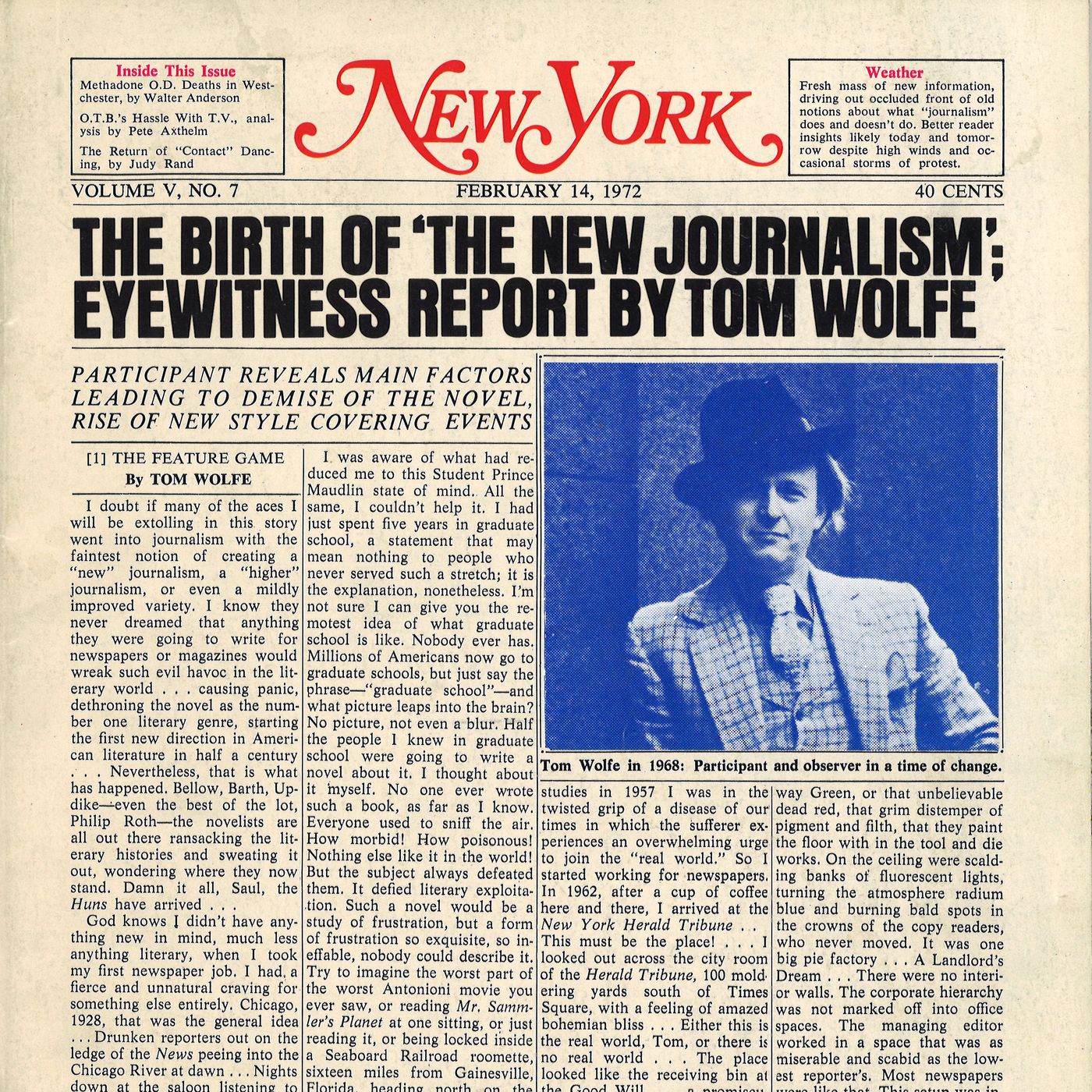Little Known Facts About News Articles.
Little Known Facts About News Articles.
Blog Article
Not known Facts About News Articles
Table of ContentsUnknown Facts About News ArticlesThe Main Principles Of News Articles The Basic Principles Of News Articles About News ArticlesThe Definitive Guide to News Articles
Good expertise of various topics provides pupils an one-upmanship over their peers. Even though electronic and social networks are readily easily accessible, we should not fail to remember just how important it is to read the papers. Moms and dads must attempt and inculcate the practice of checking out a newspaper as a daily regimen to proceed the heritage of the adored print tool.Information tales also include at the very least one of the following crucial qualities loved one to the designated audience: closeness, importance, timeliness, human interest, strangeness, or repercussion.
Within these restrictions, news tales also intend to be detailed. Among the bigger and much more recognized papers, justness and balance is a significant factor in presenting details.
Papers with an international target market, for instance, tend to utilize an extra official style of creating. The particular choices made by an information outlet's editor or editorial board are frequently gathered in a design guide; typical design guides include the and the US News Design Publication. The major objectives of news writing can be summed up by the ABCs of journalism: precision, brevity, and quality.
8 Easy Facts About News Articles Shown
As a policy, reporters will not utilize a lengthy word when a short one will do. They make use of subject-verb-object building and construction and vibrant, energetic prose (see Grammar). They use stories, examples and allegories, and they seldom depend upon generalizations or abstract ideas. News authors try to prevent using the same word much more than as soon as in a paragraph (sometimes called an "resemble" or "word mirror").
Headings occasionally omit the topic (e.g., "Leaps From Boat, Catches in Wheel") or verb (e.g., "Pet cat female fortunate"). A subhead (likewise subhed, sub-headline, subheading, caption, deck or dek) can be either a subordinate title under the primary heading, or the heading of a subsection of the article. It is a heading that precedes the major text, or a team of paragraphs of the major message.

Extra billboards of any of these types may show up later on in the write-up (specifically on succeeding web pages) to lure more reading. webpage Such billboards are also utilized as guidelines to the article in other sections of the publication or website, or as ads for the piece in other publication or websites. Normal structure with title, lead paragraph (summary in strong), various other paragraphs (information) and call details.

Example of a hard-lead paragraph NASA is proposing an additional space task. The budget plan demands roughly $10 billion for the project.
The NASA announcement came as the agency asked for $10 billion of appropriations for the job. An "off-lead" is the 2nd essential front page information of the day. The off-lead appears either in the leading left edge, or directly below the lead on the right. To "bury the lead" is to begin the short article with history information or information of secondary significance to the visitors, compeling them to learn more deeply right into a write-up than they must need to in order to discover the necessary factors.
Things about News Articles
Usual use is that a person or two sentences each form their very own paragraph. Reporters usually explain the company or framework of a news story as an upside down pyramid. The vital and most interesting components of a story are put at the beginning, with sustaining details adhering to in order of decreasing importance.
It allows individuals to explore a subject to just the deepness that their curiosity takes them, and without the charge of details or nuances that they can think about unimportant, however still making that info offered to a lot more interested visitors. The inverted pyramid framework likewise allows articles to be cut to any arbitrary length throughout format, to fit in the room offered.
Some writers start their stories with the "1-2-3 lead", yet there are lots of type of lead offered. This style usually starts with a "Five Ws" opening up paragraph (as explained above), complied with by an indirect quote that offers to support a significant aspect of the first paragraph, and after that a straight quote to sustain the indirect quote. [] A twist can describe numerous things: The last story current program; a "happy" story to finish the show.
Longer posts, such as publication cover posts and the items that lead the inside sections of a newspaper, are known as. Function tales vary from straight information in several means. Foremost is the lack of great post to read a straight-news lead, read this article a lot of the moment. Rather than offering the significance of a story in advance, attribute authors may try to entice readers in.
How News Articles can Save You Time, Stress, and Money.
A function's initial paragraphs usually associate a fascinating minute or event, as in an "unscientific lead". From the particulars of a person or episode, its sight promptly expands to generalities about the story's topic.

The Editor's Tool kit: A Recommendation Guide for Beginners and Professionals (2001) Allan M. Siegal and William G. Connolly. The New York Times Handbook of Design and Use: The Official Style Guide Made Use Of by the Writers and Editors of the World's The majority of Authoritative Newspaper (2002) M. L. Stein, Susan Paterno, and R.
Report this page